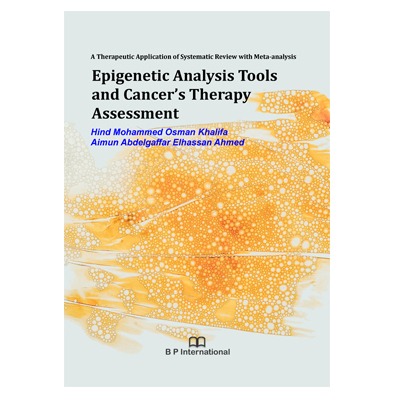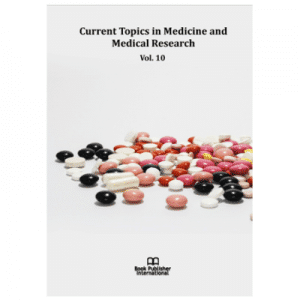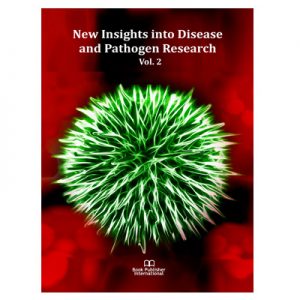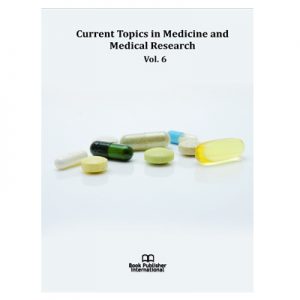Systematic review (SR), the Qualitative part and Meta-analysis (MA), the Quantitative part were considered as a recent power-full research tool for searching, selecting, appraising, interpreting and summarizing results from original published studies then combine these studies into a single quantitative estimate in manner that reduce the impact of bias and examine heterogeneity of the individual study results. It is also represent the top trusted level of the evidences in the literature.
Conduction and application of these tools require special types of skills to follow its steps carefully and precisely. Although a great deal has been written in the journal literature on SR+ MA in general, there is no major reference textbook that address the application of these tools for therapeutic aspects in a simple, clear and friendly manner.
The book is divided into main four chapters; Introduction and Overview, Systematic Reviews and Meta-analysis, Epigenetic Analysis Tools and Cancer Therapies Assessment; Systematic Reviews and Meta-analysis and Discussion. All these chapters were written in a manner similar to the articles to be more applied.
In chapter I of the book various aspects of introductory issues were addressed to provide the reader with suitable solid background to understand the topic; where the cancer as a medical challenge and their current therapeutic modalities, besides the main problems of anticancer agents were discussed, moreover the term epigenetic tools and their relevant issues specially their role in cancer therapy were highlighted.
Chapter II, which is on the SR and MA main practical methodological steps, deals with terms, critical appraisal including both internal and external validity, statistical models of MA and Special types of plots such as Forest and funnel, Heterogeneity and its examination and sensitivity analysis of studies.
Chapter III is the core of the book and addresses Epigenetic Analysis Tools and Cancer Therapies Assessment; Systematic Reviews and Meta-analysis where the steps and results of asking answerable research question using PICOS strategy were clearly followed, Filter designing and optimizing, Data retrieval from the pre-selected databases, screening and finally summarizing the output in standard Prisma Chart. Then Data extraction and critical appraising for the included studies, in addition to the calculation of the Effect Size (ES) for each study and statistical analysis using suitable models were done. Data manipulation and presentation in the special Figures were carried out using specific software.
Chapter V discuss what is done through all the previous Book’s chapters such as; Filter design and optimization, Critical appraisal of the selected studies addressing the topic, Both the Qualitative part (SR) and the Quantitative one (MA) regarding the Epigenetic tools as important predictive biomarkers for cancer therapy evaluation and new drug discovery options.
What makes this book attractive with scientific value is not just the selection of the topic addressed, but presentation of theory and its application in clear direct an easy friendly form.
Finally, this book is written for the graduate students or postdoctoral fellows who want to master these power-full tools as a more trusted Evidence-based source ever or are interested in developing their skill set in the subject.





